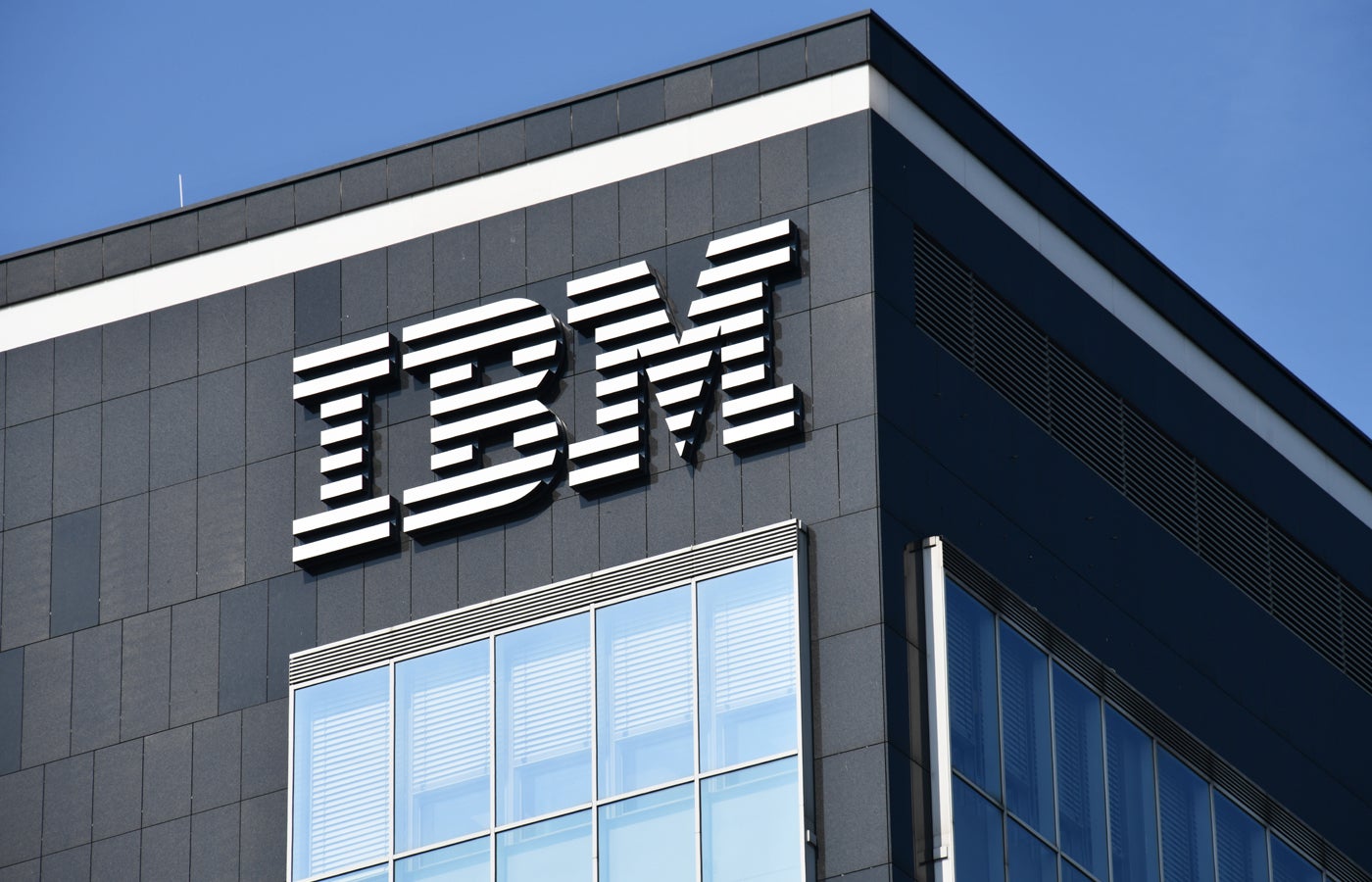
IBM has finally completed its acquisition of San Francisco-based HashiCorp for $6.4 billion, 10 months after its announcement. The companies aim to address the growing complexity enterprises face in managing multicloud and hybrid cloud infrastructures, especially with the rise of AI-driven applications that constantly shift workloads and require rapid scaling.
From today, HashiCorp’s automation tools, such as Terraform and Vault, are available with IBM’s hybrid cloud platform, allowing customers to automate infrastructure provisioning and security management across their systems.
IBM said infrastructure provisioning from Terraform will enable a number of its products to run more smoothly in hybrid cloud environments. These include the Red Hat Ansible Automation Platform, which automates the configurations and middleware deployments of applications, and the development of IBM Z mainframe software. HashiCorp Vault, a password and encryption key management tool, can also be deployed across hybrid clouds with Red Hat’s container-based application platform OpenShift.
HashiCorp will operate as a division of IBM Software rather than being brought into Red Hat, IBM’s open-source subsidiary it acquired for $34 billion in 2019.
SEE: Differences between Hybrid Cloud and Multicloud explained in this TechRepublic Premium download
“Organizations globally are looking to deploy modern, hybrid cloud-ready apps, which require automated cloud infrastructure at significant scale,” said Rob Thomas, senior vice president, IBM Software and Chief Commercial Officer, in a press release.
“With this acquisition, IBM is committed to continuing to invest in and grow the HashiCorp capabilities, and together, with HashiCorp’s leading technology and extensive developer community, IBM’s global reach and R&D resources, our aim is to infuse HashiCorp technology in every data center.”
Armon Dadgar, chief technology officer and cofounder of HashiCorp, added: “We’ve built a portfolio of products to help customers embrace a cloud native approach to Infrastructure and Security Lifecycle Management that has been embraced by hundreds of thousands of organizations around the world.
“I’m excited for HashiCorp to join the IBM family, where there is clear alignment on the vision of enabling hybrid infrastructure for the world’s biggest enterprises. Together, we can continue to invest deeply in R&D innovation and enable the next generation of applications to be built and scaled.”
IBM-HashiCorp deal faced antitrust investigations, lawsuit
On Tuesday, the transaction was approved by the U.K.’s Competition and Markets Authority after finding it would not negatively impact competition. This aligns with the country’s new pro-innovation stance, which it hopes will attract big tech investment, highlighted by recently hiring an ex-Amazon executive as the CMA interim chairperson.
The deal has also been quietly approved by the U.S.’s Federal Trade Commission, according to TechCrunch, after both antitrust investigations delayed its anticipated completion date of the end of 2024.
But these investigations aren’t the only challenges IBM and HashiCorp have faced since announcing the acquisition. In June, a HashiCorp investor sued the company, claiming that the acquisition by IBM disproportionately benefited its board members over the shareholders, as executives allegedly stood to gain “golden parachutes” and the ability to cash out their illiquid stock. However, the suit was mysteriously withdrawn two days later.
Deal finalised after Terraform’s controversial relicensing
HashiCorp’s stock jumped 4% following the acquisition announcement, recovering somewhat from significant declines in 2023. These were triggered by the decision to relicense Terraform from the open-source Apache 2.0 to the more restrictive Business Source License.
The move alienated parts of the open-source community, and they forked the original Terraform code into the open-source OpenTofu and placed it under the oversight of The Linux Foundation.
However, the license change likely helped attract IBM into the deal, as the added executive control would enable it to integrate and monetize the technology within its own ecosystem.


